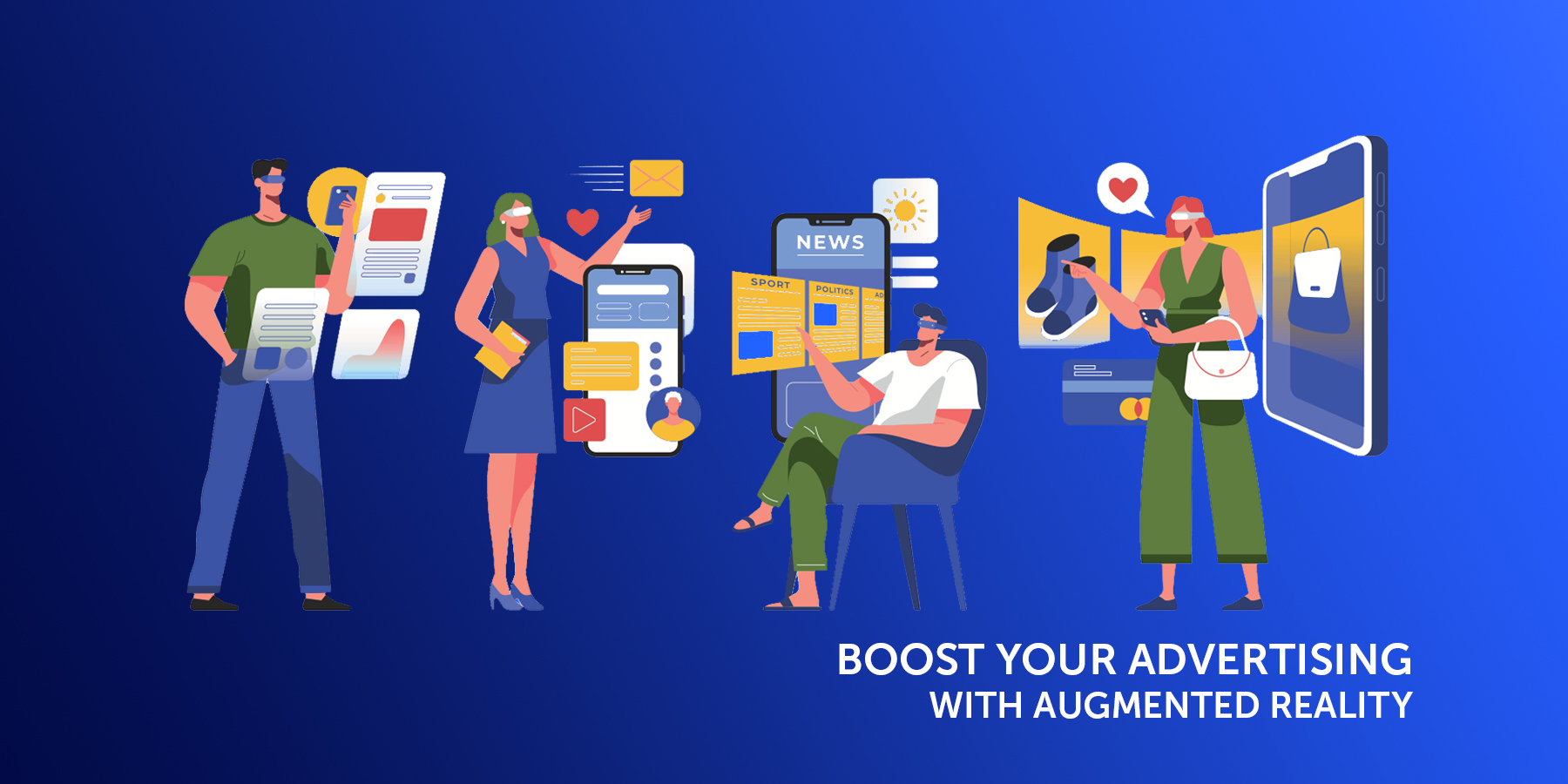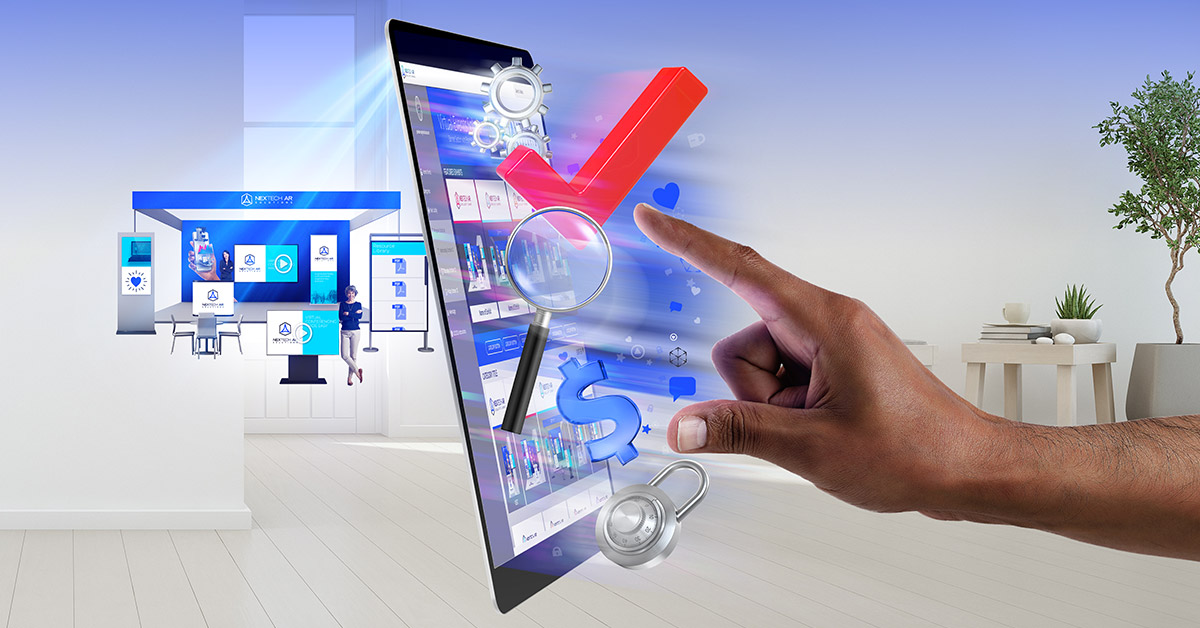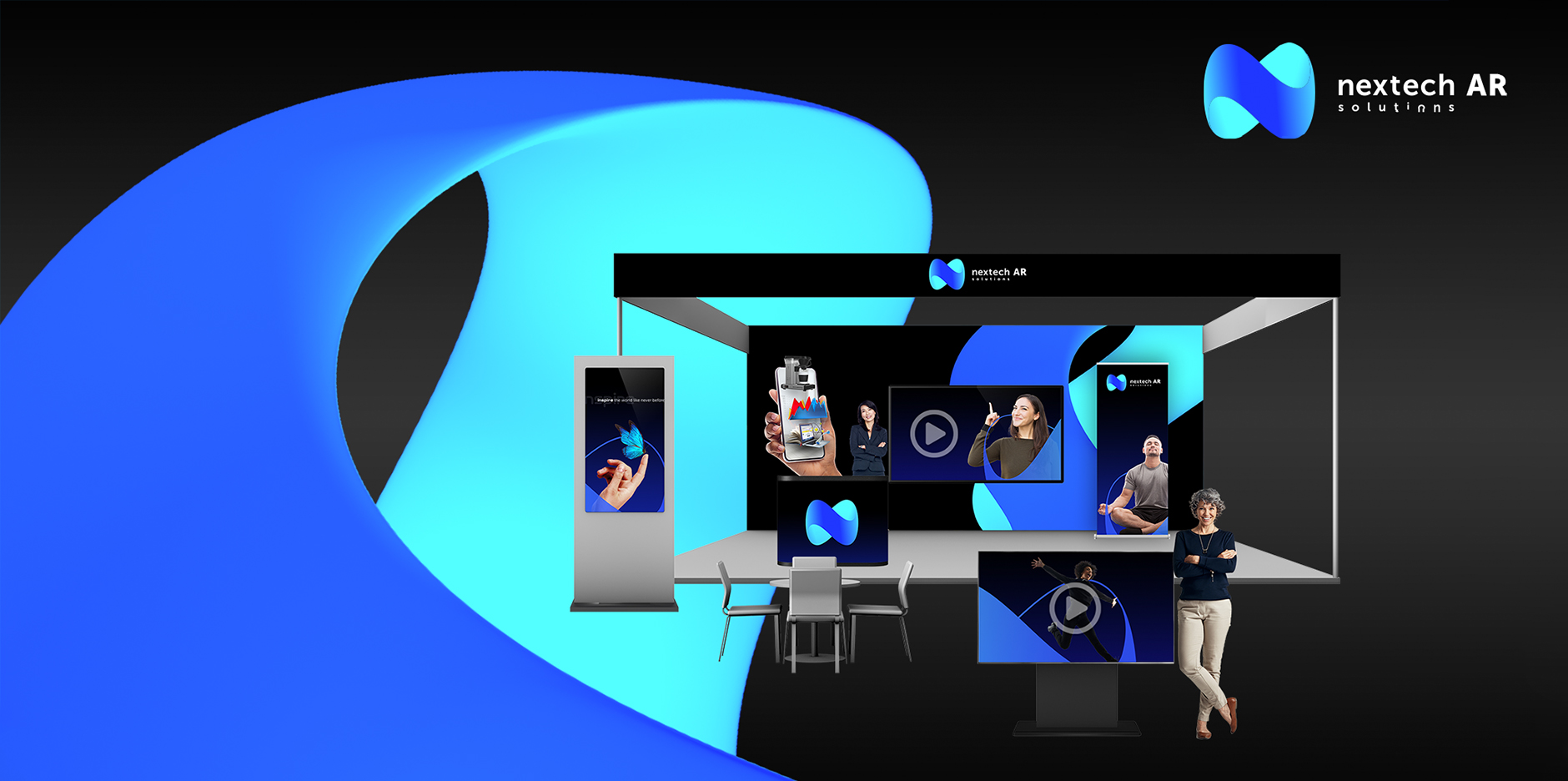Everywhere we look today, we see adverts. Hundreds of them. It's estimated we are exposed to anywhere between 6,000 and 10,000 commercials daily, but only a handful of them makes a lasting impression on the customer, forcing brands to explore new, more eye-catching ad formats such as Augmented Reality (AR).
Marketing teams have their work cut out for them these days. People have become oblivious to most of the commercials they're exposed to remain sane, making it increasingly difficult to create an ad campaign that not only gets noticed but also drives results. There is, however, a solution to this banner blindness and that's Augmented Reality advertising.
It's actually really simple - AR makes advertising fun again. If you're still on the fence whether this immersive technology is worth the hype or not, keep reading to discover the value of AR ads.
Benefits of Augmented Reality Advertising
The thing with AR is that it's very hard to walk by it and not want to take part in the experience. Although we mainly associate it with Pokemon Go or selfie filters, we also think "fun and games" whenever we come across Augmented Reality in real life. This right there, the promise of a positive encounter is what makes Augmented Reality advertising so appealing because it elicits an emotional response to the experience.
Emotions are another major component of the consumer’s attention span and purchase decision. It's important to note that people buy emotions, not products - meaning that each purchased good is there to make us feel something, whether it's happiness, self-confidence or something else altogether.
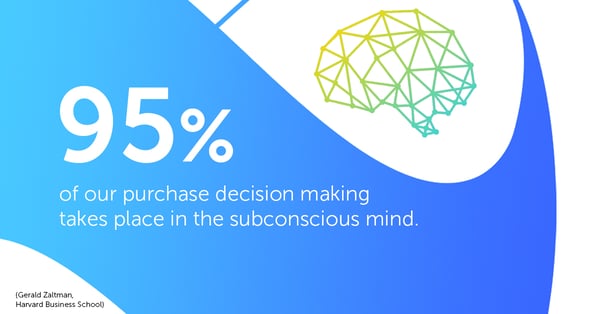
Not to mention that Augmented Reality ads are interactive and feel very real, unlike static images or banners, giving customers the opportunity to engage with the brand on a whole new level. People want to stop what they're doing and join in, which as you probably already know, doesn't happen very often in advertising. Not only does it leave a positive impression on those who have seen your ad, but people are also more likely to remember your brand in the future. And because there are still only a few brands that leverage AR advertising, the element of surprise is always present.
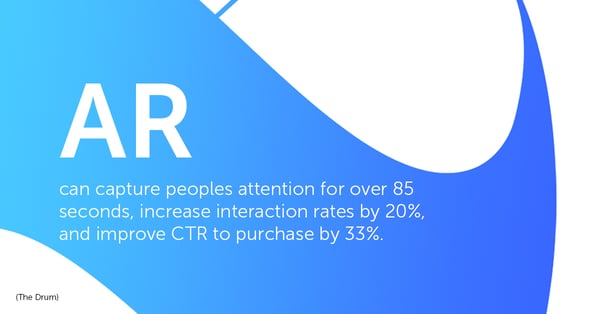
Another aspect of Augmented Reality advertising is virtual try-ons, which, aside from evoking an emotional response, remove product doubts and improve customers’ shopping experience. Not being able to interact with an item before the purchase is a major sales barrier that AR helps overcome, resulting in a healthy boost in revenue and overall customer experience.
Accessibility also plays a significant role in Augmented Reality advertising. Consumers are no longer required to purchase expensive hardware or download apps to interact with an Augmented Reality advert - all they need is a smartphone, something most of us carry on us daily.
How to get Augmented Reality advertising right
We've covered the why, and now it's time for the how. It's must be pointed out that Augmented Reality is just a tool - consumers might stop and interact with the ad, but whether or not they take a step further and check out your website or visit your physical store is a different story. Like with anything, you need a solid strategy to help you achieve your marketing objectives.
When designing an Augmented Reality advert, put the same process in motion you would for any other ad format - target audience, demographics, psychographic, value proposition, media placement, creative content - the whole enchilada. People will pay attention to what they can relate to, so skipping on marketing fundamentals (such as the language used in the advert) will only result in vanity metrics - high impression rates, low conversion rates.
For an advert to convert, regardless whether it's in Augmented Reality or not, it has to do more than grab attention; it has to offer a solution to the customer's pain points. Just because the technology appeals to most customer groups, doesn’t mean that the ad will so it's not as simple as bringing an unbelievable experience on a bus shelter:
Then, there's the user experience (UX) side of things - it has to be seamless for consumers to interact with and enjoy. Otherwise, we're going from "unforgettable" to something to forget about ASAP instantly. There are many factors to consider in AR design, such as environmental conditions or the nature of interactions users will have with the advert. Take AR selfie filters - Instagram and Snapchat have made it so easy to use, almost anybody can do it.
More importantly though, the Augmented Reality experience must be optional for the consumer. A big part of the people you're trying to reach is either unfamiliar with the technology or simply are not interested in the ad at the moment. In the current climate of intrusive ads, putting control back into their hands as to what they want to interact with is crucial to maintaining your brand's reputation.
Augmented Reality advertising gives brands a chance to be heard again
People ignore most of the commercial they see - that's a fact. Unfortunately, the standard response to banner blindness from many brands is creating more instead of better adverts. It's a vicious cycle, where advertising dollars are being poured down the drain and consumers are becoming more and more frustrated, doubling down on their efforts to avoid ads at all costs.
Augmented Reality advertising can help overcome this endless loop, enabling brands to reach new customers in a new, far more engaging way than any other advertising medium. Consumers recognize AR for what it is and engage in the experience because it's fun, even if it's a commercial.
Are you looking to give AR advertising a go in 2021? Don't hesitate - contact us today and schedule a demo to see how our Augmented Reality advertising platform can make it happen for you.


